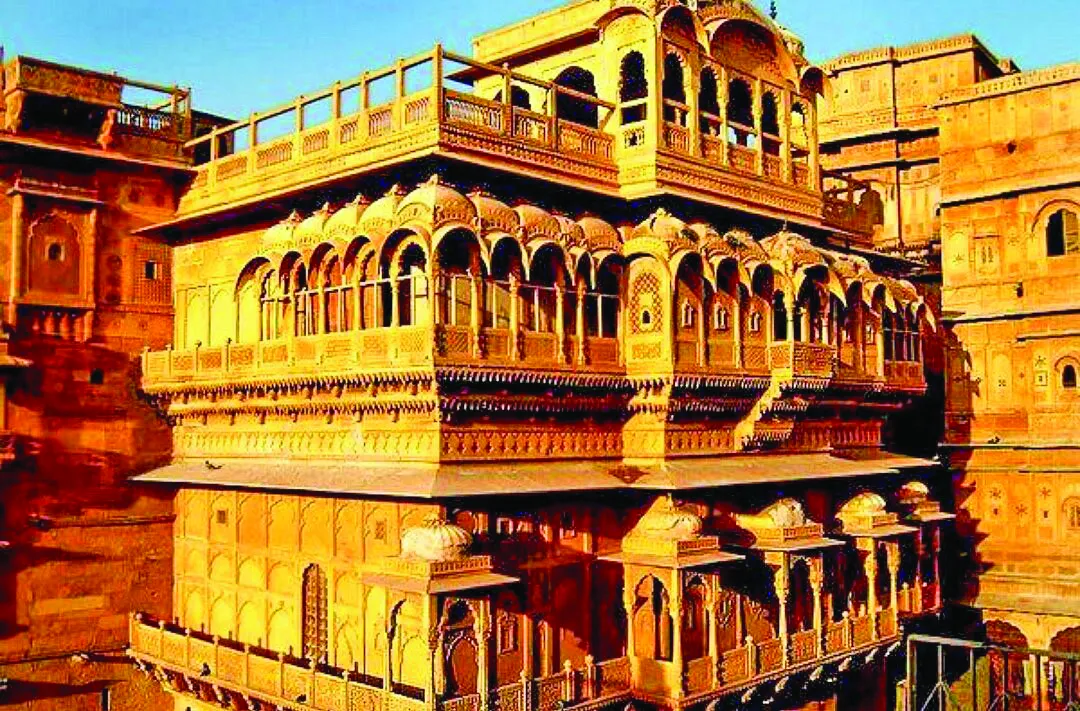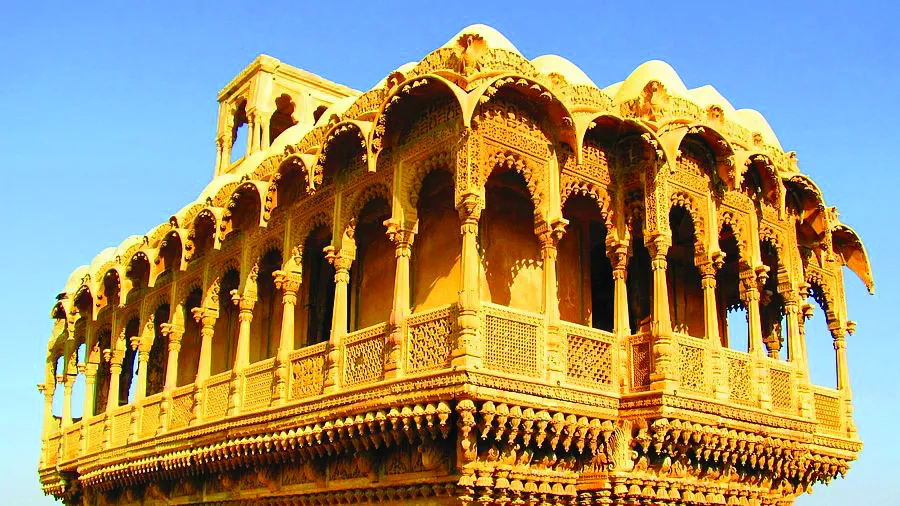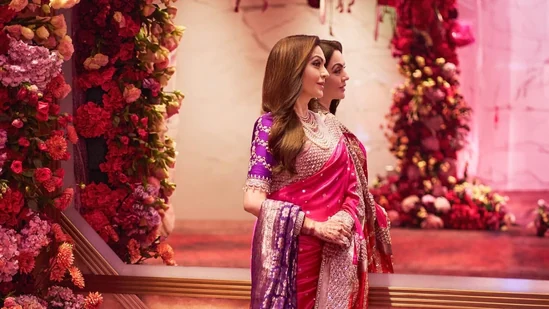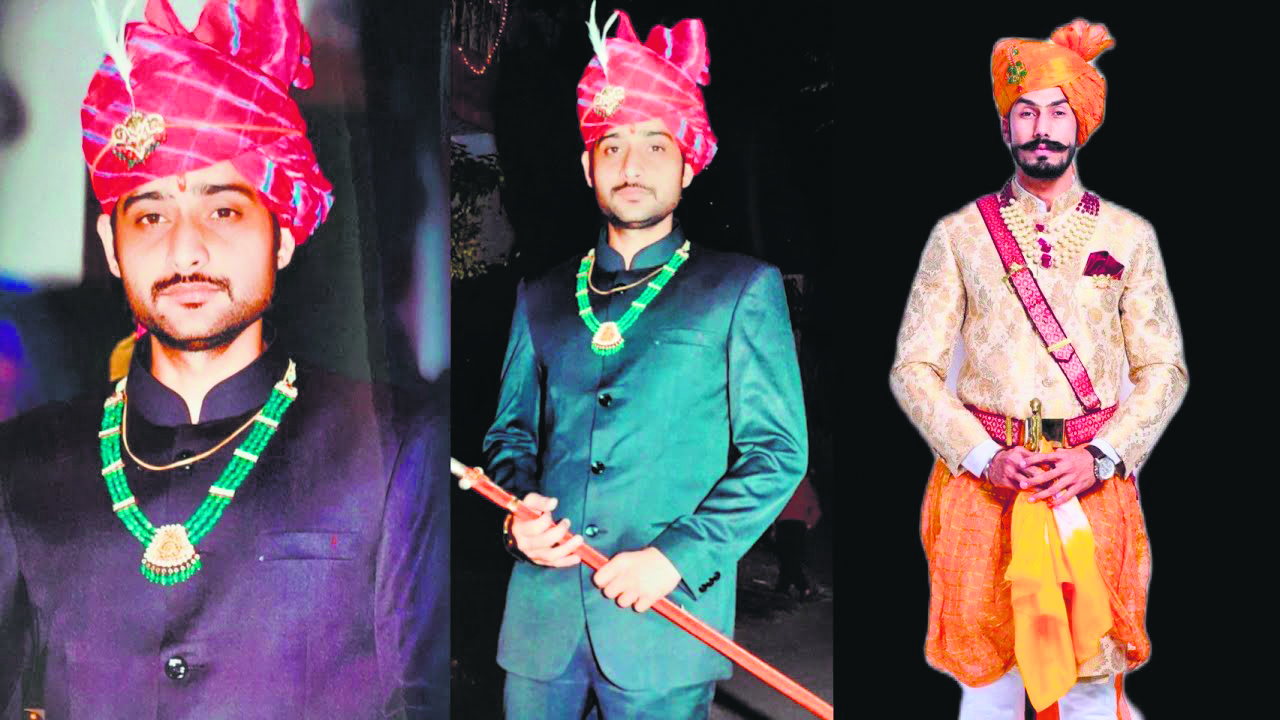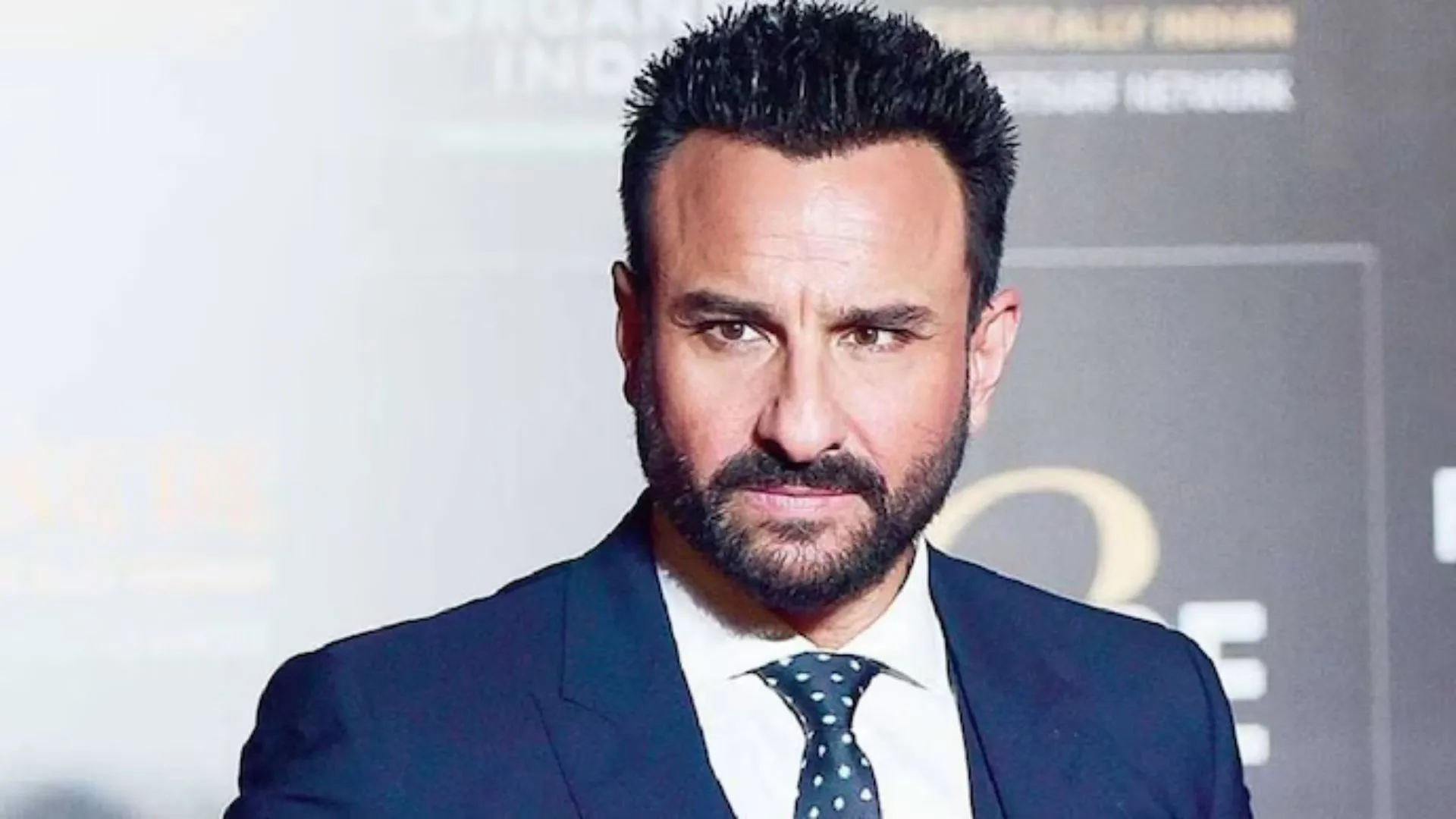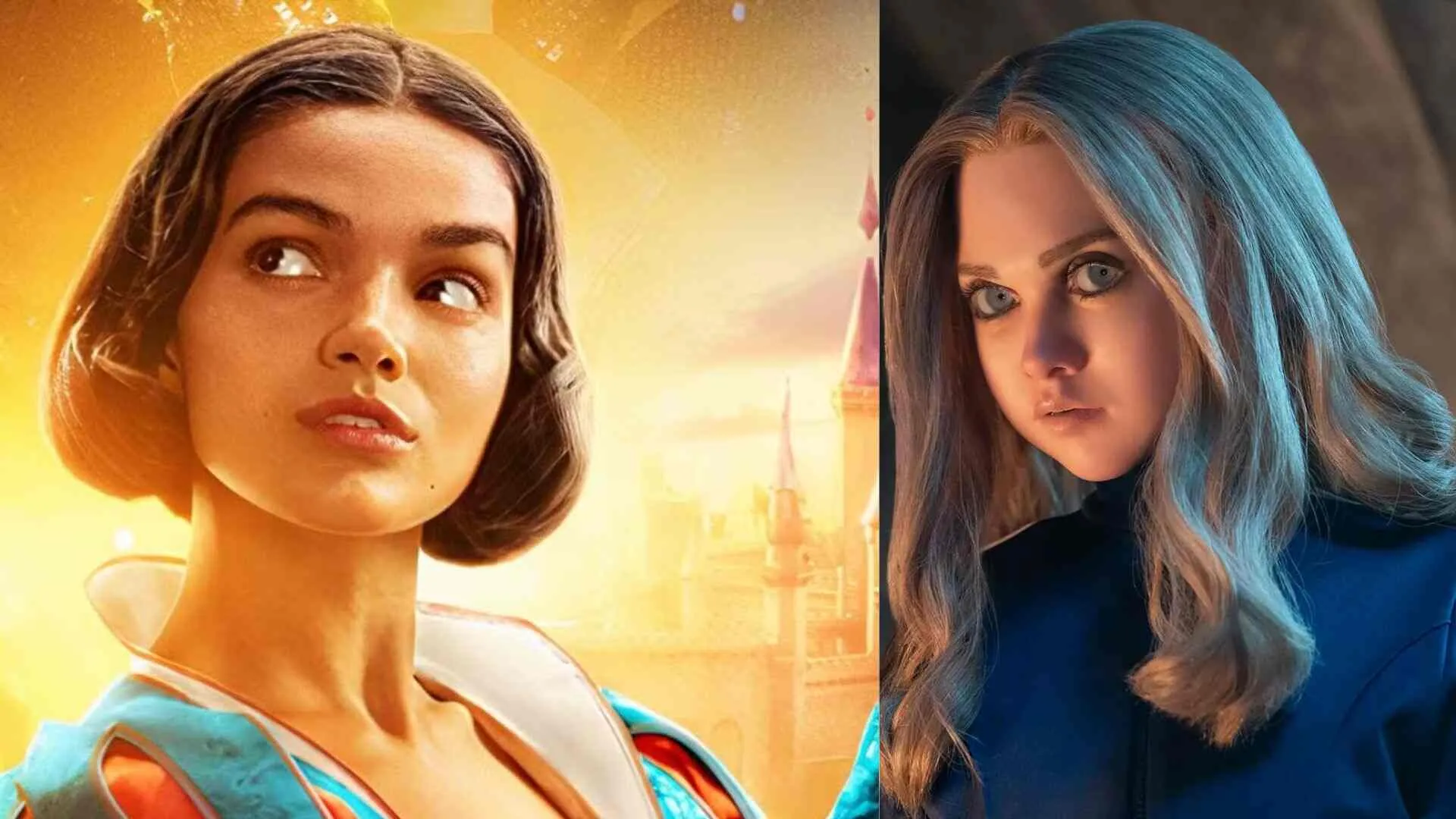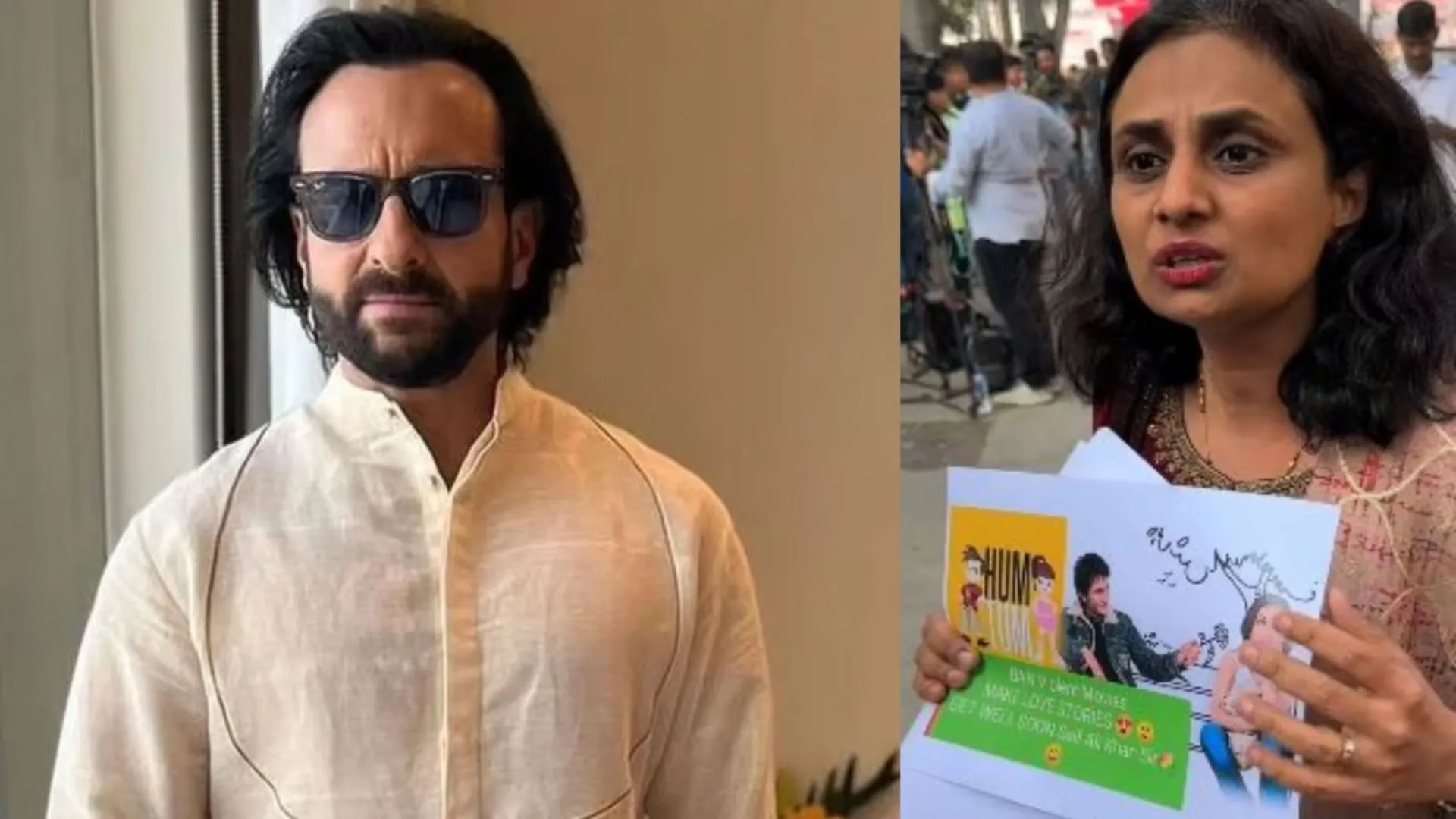Lord Macaulay may surely have been successful in Anglicising India (to some extent) and uprooting us from our core culture. But that did not stop us from embracing our concept of Sanatan Dharma, which is the core of Hinduism. The concept of Hindutva has been sadly misunderstood by the western world, but there has been zero tolerance to make a mockery of it.

 Repeater pocket watch Champlevé enamel portrait depicting Maharaja Bhupinder Singh of Patiala, enamel coat of arms on the reverse, white enamel dial, 18k gold.\
Repeater pocket watch Champlevé enamel portrait depicting Maharaja Bhupinder Singh of Patiala, enamel coat of arms on the reverse, white enamel dial, 18k gold.\
We all have heard spicy stories of how Maharaja Jai Singh of Alwar converted his file of Rolls Royce to garbage carriers but there are so many more ostentatious sagas of Indian Royalties flaunting their European possessions.
Luckily the torchbearers of our culture, princely India had fought tooth and nail to preserve our heritage since Britishers colonised us. They had learnt from the Mughal Raj of three and a half centuries, what had to be done to do so.
Essayed here are a few noteworthy articles by European couturiers like Van Cleef & Arpels, Baccarat, F. & C. Olser, and H. Beiler, Heidelberg that became part of the Indian Maharaja’s bespoke possessions.
The trading of European goods in India began after a bilateral trading treaty between James the 1st and Mughal Emporer Jahangir in the early 16th century, another such treaty was signed in the middle of the 16th Century via a trading treaty between the King of France, Louis the 14th ( who commissioned the famed Palace of Versailles) and Mughal Emperor Shah Jahan via his ambassadors. After the Dutch and before the English, the French East India Company was established in certain ports of India. The trade route made it easy for the royals to adorn themselves with priceless clothing, jewellery, and artefacts.
With the rise of European power in India, ownership of such goods assumed a new meaning. Anything imported from Europe was considered aristocratic and such buyers were considered a cut above the rest. It was seen as a symbol of power and majesty. European high-end couturiers exploited the trading routes and developed a special clientele in India, comprising aristocrats, royalty, and the elite. Back then, made to order was the norm.
The Crown (a.k.a the British Monarch) encouraged such business activities. They had a two-fold advantage: the taste in western goods reflected their political loyalties, and this business created a vast clientele for Europe, as a means to expand their business and exploit more opportunities in the east.
With the introduction of Railways, Indian Princes commissioned luxurious private carriages, which were constructed in the west and finished in India. Amongst the finest of these was the railway car designed by Eckart Muthesius for Yashwant Rao Holkar II of Indore. Patiala, Baroda, Cooch Behar, Jaipur, Bikaner, Mysore, Gwalior, Indore, Udaipur, Kapurthala, and Nawanagar were some of the Royal houses who were perpetual buyers of western fineries.
The influence on indigenous architecture too was immense. One such example is the Lukshmi Vilas Palace designed by Major Charles Mant. Indo–Saracenic in its architectural ideology, its mystical arches and parapets followed a hybrid style that married Mughal, Rajput, and various European ornamental traditions. The largest private residence in the world and three times the size of Buckingham Palace, the palace is generously adorned with stone, glass, and crystal artefacts. Of special mention being the stained glass of Lord Ram flanked by Lakshman and Lord Hanuman that fills the ballroom.
Another example of Indian Maharajas ordering India-inspired products from European studios is the reverso Krishna wrist watch of Maharaja Sawai Man Singh II of Jaipur by Swiss watchmaker Jaeger-LeCoultre. Maharana of Mewar Sajjan Singh ordered a crystal miniature throne atop with an idol of Lord Ganesh. These small but unique ideas symbolise the open-heartedness with which the Indian monarchs embraced European design marrying it with strong indigenous, mythological symbols.


